What is our primary use case?
The basic use we have for FortiAuthenticator is multi-pack authentication.
How has it helped my organization?
FortiAuthenticator has helped a lot of our customers in the way that they do the business when they onboard their clients to the data center. It has drastically changed what they used to do earlier after the installation.
What is most valuable?
It is cost-effective. The users can be securely managed by adopting it.
What needs improvement?
They need to have some kind of write-up and solution document that people can access very easily. All of the Cisco documentation is available on their website and in other places. They should make it available to the public.
The more people know about this product, the better. That will make it easier for them to position FortiAuthenticator to their customers or use the product in production.
Other features that would improve the product are a single sign-on where people can use their Gmail ID to log-in, etc. This feature we wanted and now they are rethinking it. At this stage, I can't give any other suggestions for improvement other than this.
A single sign-on is used to create a user ID and password for the user to get onto the network. You can ask them to use their LinkedIn credentials or maybe Gmail, some of the social networking credentials to gain access.
This is useful when you are onboarding any guest users for internet access. This is something that is a very good feature which they could have integrated already.
For how long have I used the solution?
I have been using the solution a year.
What do I think about the stability of the solution?
It's very stable when compared to other products.
What do I think about the scalability of the solution?
For scalability, you need to size FortiAuthenticator properly. You should plan it initially, then make the implementation.
It's is not 100%, maybe 80% on the scalable side. There are some places where we use it for 800 to 1000 users. With the proper deployment, we can support close to 2000 users.
You need certified people to understand this product like dedicated engineers. You need a person that knows the product and how it works.
Otherwise, if any new person comes to FortiAuthenticator, it will be very difficult for them to understand. Over time, you'll be able to get to know the layout and how the product works.
How are customer service and technical support?
Technical support is quite good, There is something called the 8x5 and 24x7 technical support for the solutions. If you have 24x7, they will respond immediately.
If you have 8x5, and they will respond next business day depending on how soon the TAC engineer picks your request for your deployment or ongoing support issues.
Which solution did I use previously and why did I switch?
We used a different method as a solution, primarily SafeNet, but there are others. It all depends on a customer-to-customer and case-to-case basis. It depends on the budget and what the customer asks for in the contract.
At the end of the day, it all revolves around the money, i.e. how many dollars you pay for the solution.
How was the initial setup?
The initial setup is straightforward. It's not that complex. If you know about the product, you will be able to do the setup.
It takes generally, one to two weeks for the full-fledged deployment. We have a demo unit. We just used that for showcasing the capability of the device to all of our customers.
Once they start using it, they would advise on the deployment.
What was our ROI?
There is an economic investment on this product that compares to other products from Cisco. There is a ROI on this product.
What's my experience with pricing, setup cost, and licensing?
You buy the pack for 100 to 200 users. Once it goes over, you have to renew it on a yearly basis. It may be on a term where you license for one business. Officially, the authentication license has a third-party involved. Then you need to take your action.
I don't see any additional license costs from FortiAuthenticator, but for the add-on features like MS Gateway, etc., you need to buy them.
What other advice do I have?
FortiAuthenticator is a very good solution. It is all jury-based. FortiAuthenticator is very easy for anyone to understand how it works and be able to take action.
I would rate FortiAuthenticator with an eight to nine.
Disclosure: My company does not have a business relationship with this vendor other than being a customer.







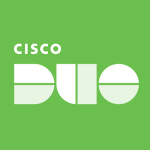
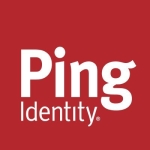
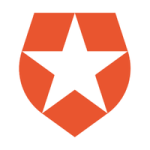
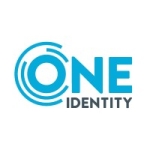
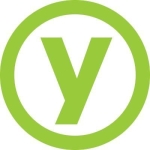
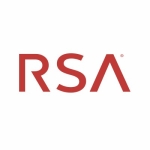

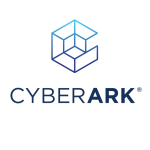



Are you looking for an IdP type SSO login with G-Suite -- docs.fortinet.com
The documentation site docs.fortinet.com has a bunch of info and step-by-step. This would be your "Central Repository" you were asking about.